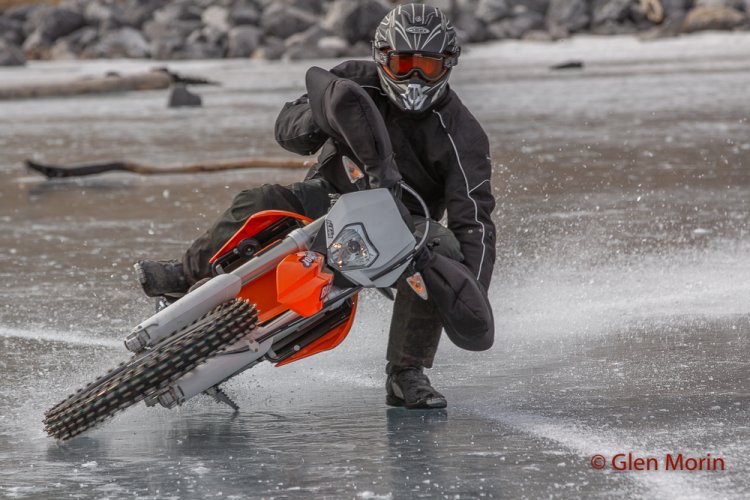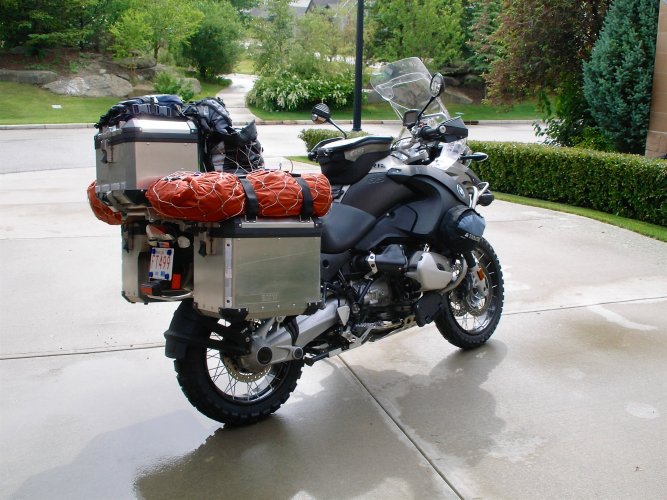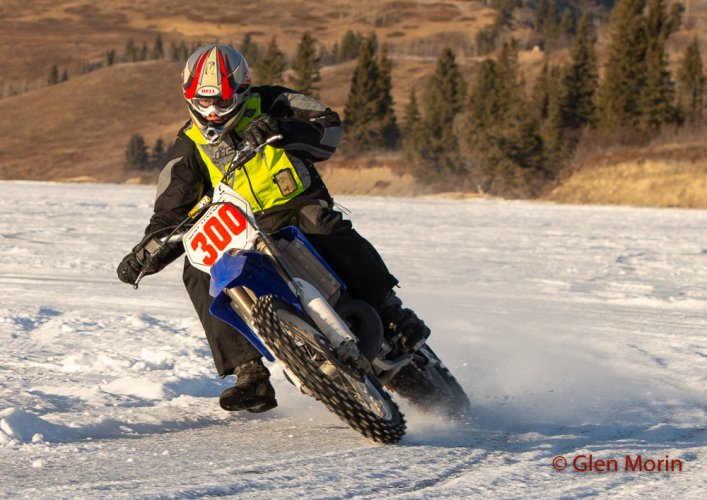kimball
Brian Kimball
Example - increasing the contrast by 5 percent and lifting the highlights by 15 percent in Luminar 4 or Affinity Photo is no different than doing the same in Exposure X6 OR Lightroom.
I wish this were the case. It would make moving from one program to the next a lot easier and prevent lock-in. But unfortunately there are no universally accepted algorithmic standards for "increasing contrast by 5%" or "lifting highlights by 15%." Each program is going to do this differently under the hood and in some cases will have significantly different results.
For example, Apple Photos has a Highlights slider just like Lightroom does. However it goes from -1.0 to +1.0. Lightroom's goes from -100 to +100. Neither of them are labeled with units, so neither can be appropriately called a percentage. In fact the scales are rather arbitrarily chosen.
But more to my point: Apple's highlight recovery algorithm has a very different effect on midtones and shadows. If you bring your highlights down there is a very noticeable effect on the rest of the image. Meanwhile Adobe has gone to great lengths to make sure recovering your highlights in ACR/LR does not throw off your midtones and shadows. The two sliders couldn't behave more differently, even though they have the same goal in mind.
Additionally, the tone controls in ACR/LR are image adaptive. The results of the highlights and shadows sliders can't be compared from one image to the next, let alone to results from other programs, because their results will differ depending on image content. Yosemite landscape photographer Michael Frye has a good video on the subject here. Other programs may or may not have automatic highlight recovery and automatic black point adjustment.
Each program is free to implement their sliders in their own way, for better or worse.




